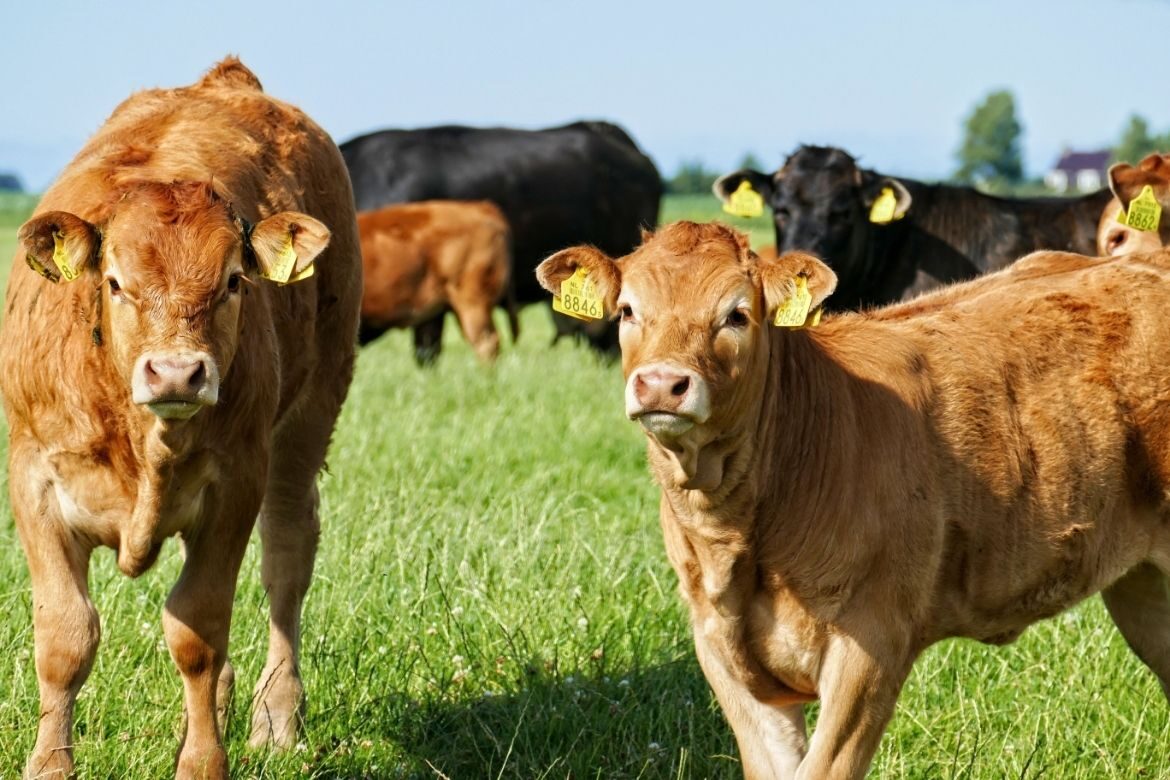Renowned animal behaviorist Dr Temple Grandin, the author and expert on modern methods of livestock handling, has long advised the industry on low-stress handling of cattle. This has improved animal welfare and productivity and applies to all herding animals.
The basics come down to understanding what a cow’s flight zone is, as well as the point of balance. If you are in a field and move towards the cow, you’ll know you’ve reached the edge of the flight zone when it lifts its head, stops eating, and turns to face you. When the cow is facing you, you’re at the edge of that zone. But if it starts moving away, it’s a sure sign you’re in its flight zone.
The further you move into the flight zone, the stronger the chances of the animal reacting with fear, aggression, or agitation. It depends on how wild or calm it is. The more excited it becomes, the bigger the flight zone will be. And when you approach it head-on, the flight zone will also be bigger. Think of it like the animal’s personal space.
Meanwhile, a cow’s point of balance can be seen as its centre of gravity when it comes to movement. It is usually at its shoulder and determined by its wide-angled vision.
If you want to start or stop an animal’s movement, all you have to do is move considerately around its flight zone boundary. When you move into its blind spot, at its rear, it will stop in confusion and even fear. If you want the animal to move forward, walk past it in the opposite direction to the one you want it to walk in. This tends to accelerate movement. Walking in the same direction will slow it down.
A Teagasc spokesperson explains that cows will move in the opposite direction to the one you’re moving in once you pass their point of balance.
Top tips for moving livestock:
- Apply intermittent pressure to the flight zone
- Stay calm
- Don’t yell or make a noise
- Stay out of the animal’s blind spot
- Don’t prod every cow when they are moving through a crush. If they are navigating through the unit themselves, they can do it without help.

